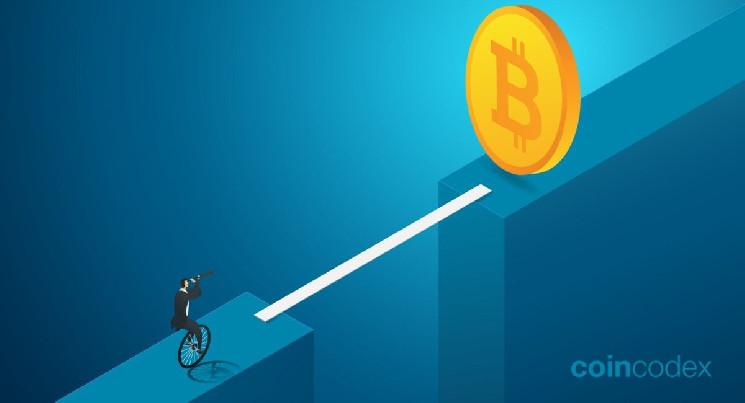If you’re trying to make the most of the various opportunities offered by decentralized finance, it’s likely that you’ll have to use more than one blockchain. In order to transfer tokens from one blockchain platform to another, you’ll need to use a bridge.
In this article, we’ll showcase the best crypto bridges available at the moment. When selecting the best cross-chain bridges for crypto transfers, we considered liquidity, number of supported blockchains, the quality of the interface and other factors.
The best crypto bridges
It’s important to mention that blockchain bridges have unfortunately been a very popular target for exploits. In fact, some of the biggest hacks and exploits that we have seen to date have targeted bridges. Bridging tokens between blockchains is still a relatively new concept and many implementations have been exposed for having critical vulnerabilities that the developers didn’t catch before deploying their bridging solutions.
So, when you’re bridging tokens between blockchains, we recommend you exercise some caution and never bridge more than you can afford to lose. Given the history of blockchain bridge hacks, it’s probably smarter to err on the side of caution even when using a popular and reputable bridging solution.
Now, let’s get into our list of the 6 best crypto bridges you can use to transfer tokens between different blockchains:
- Synapse Protocol - A well-rounded token bridging solution
- Arbitrum Bridge - The go-to bridge for transfers between Ethereum and Arbitrum
- Portal Token Bridge - A bridge for both EVM and non-EVM blockchains
- Celer cBridge - Celer’s token bridging solution
- Stargate - Token bridge with diverse range of supported platforms
- Hop Protocol - Bridge specialized for Ethereum layer 2s
1. Synapse Protocol - A well-rounded token bridging solution
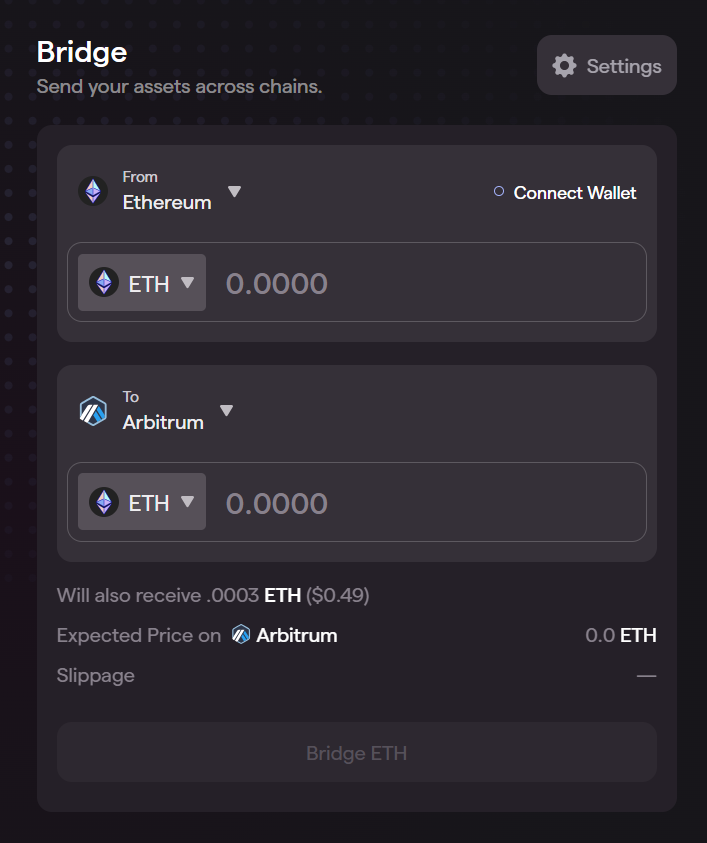
Synapse Protocol is a network that enables communication between different blockchains. The network allows any kind of data to be sent across supported blockchains, which allows it to be used for sending NFTs, smart contract calls and other data in addition to tokens.
The Synapse Protocol is the backbone of the Synapse Bridge, which is one of the most popular blockchain bridges on the market today. One of the reasons for its popularity is that Synapse Bridge supports a wide variety of blockchains, including EVM and non-EVM chains. You can use Synapse to transfer tokens to layer 2s such as Optimism and Arbitrum, as well as layer 1 blockchains like Fantom and BNB Chain.
You can connect to Synapse Bridge using MetaMask, Rainbow, Coinbase Wallet, WalletConnect or Rabby Wallet.
According to decentralized finance tracker DeFi Llama, Synapse Protocol has a TVL (total value locked) of about $107 million at the time of writing.
2. Arbitrum Bridge - The go-to bridge for transfers between Ethereum and Arbitrum
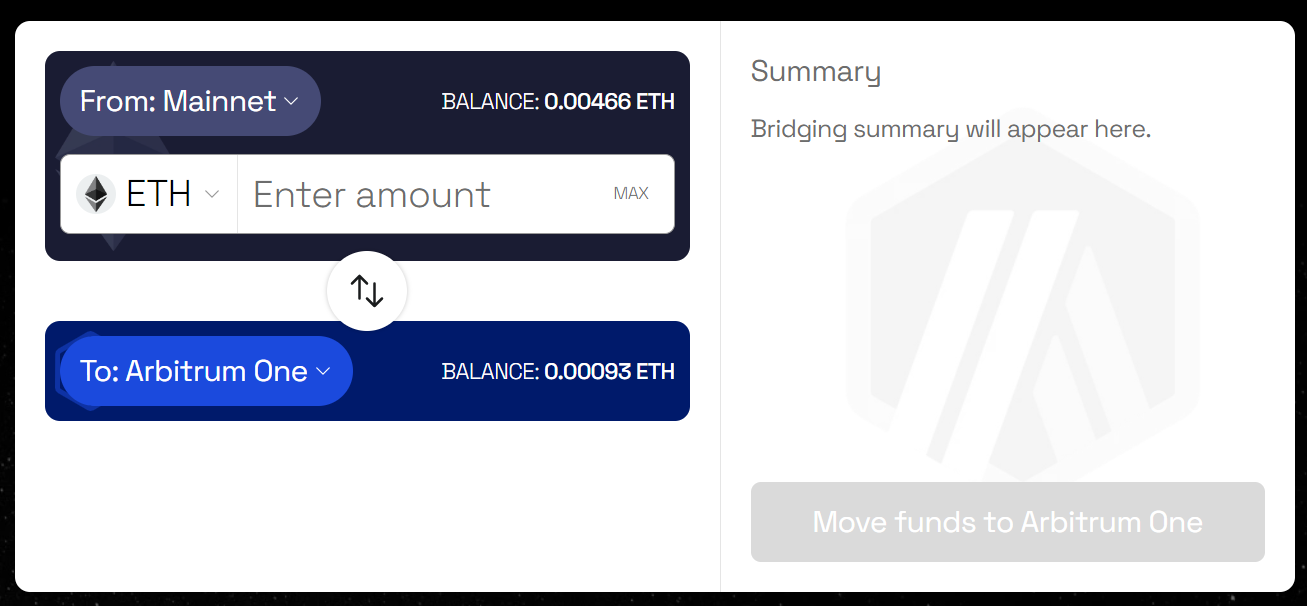
Arbitrum is currently by far the most popular layer 2 for Ethereum, according to layer 2 data aggregator L2Beat. It boasts a TVL of $5.9 billion, which is over two times higher than the second-ranked Optimism ($2.7 billion).
Bridging crypto assets between the Ethereum mainnet and Arbitrum is becoming an increasingly common task for anyone who’s active in DeFi. For bridging between these two networks, we recommend the Arbitrum Bridge.
If you want to learn more about using this bridge, we recommend you check out our in-depth Arbitrum Bridge guide where we explain the process step-by-step. The bridge supports 6 different types of Ethereum wallets, so you’ll likely be able to use it regardless of which wallet you prefer.
However, you need to keep in mind that Arbitrum Bridge only supports the Ethereum mainnet, Arbitrum One and Arbitrum Nova networks. If you’re looking to bridge to other networks as well, we recommend you explore the other bridges we’ve featured in this article.
When bridging between Ethereum and Arbitrum, it’s important to understand that going from Ethereum to Arbitrum is very fast, but withdrawing funds from Arbitrum back to Ethereum takes about 7 days.
3. Portal Token Bridge - A bridge for both EVM and non-EVM blockchains
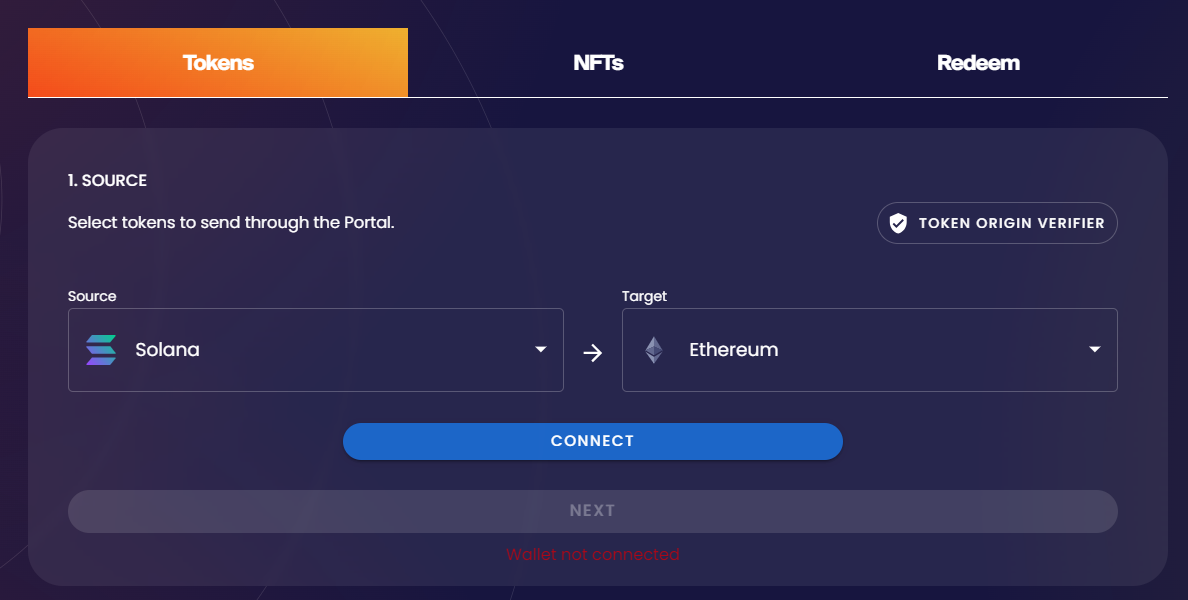
The Portal Token Bridge is a cross-chain bridge for crypto that’s based on the Wormhole protocol. When using this bridge, the tokens you are sending are locked using a smart contract, and an equivalent amount of wrapped tokens is created on the destination chain.
One of the Portal Token Bridge’s strongest features is its selection of supported blockchain, which is among the largest among all cross-chain bridges. The bridge supports blockchains that you might not be able to find on many other multi-chain bridges, including Sui, Sei, Near and Aptos. Of course, the Portal Token Bridge also supports more common networks such as Ethereum, BNB Chain, Solana and Polygon.
It’s worth mentioning that Portal also offers an NFT bridge, which supports transfers of NFTs based on the ERC-721 and SPL standards. Overall, the Portal Token Bridge is a great choice if you’re active on many different blockchains and would like to keep all your bridging under one roof.
4. Celer cBridge - Celer Network’s token bridging solution
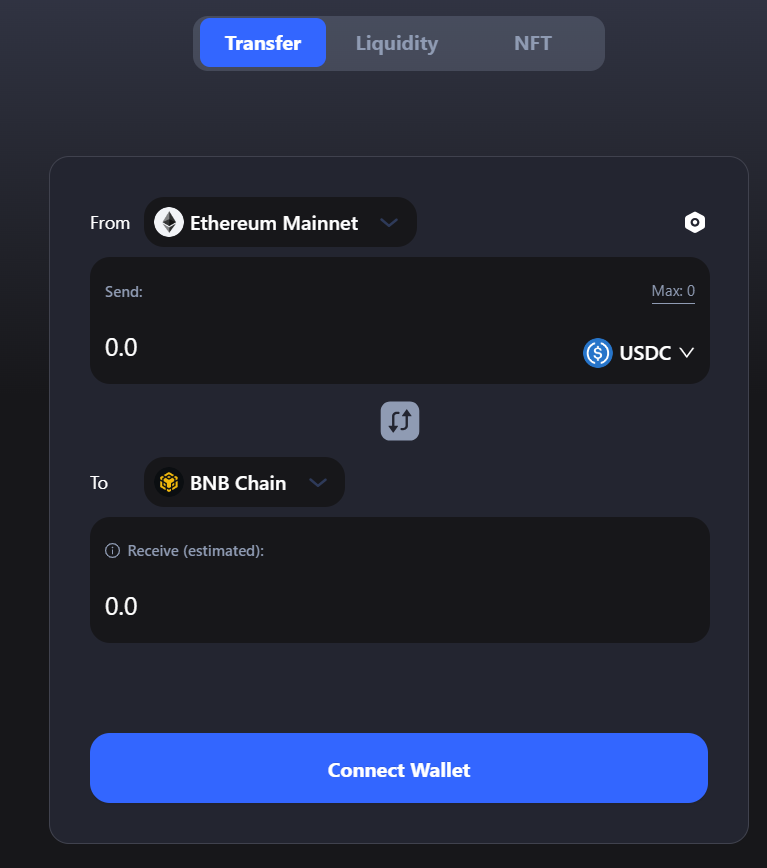
The Celer cBridge is a cross-chain crypto bridge developed by the team behind Celer Network. The bridge is powered by the Celer Network blockchain interoperability protocol, which allows developers to create inter-chain decentralized applications.
More specifically, the Celer cBridge uses the Celer State Guardian Network (SGN), which is a Proof-of-Stake blockchain that monitors layer 1 transactions that have implications for layer 2 platforms, and passes information from layer 2 to layer 1 when necessary.
A very impressive aspect of the Celer cBridge is the sheer amount of blockchains it supports, as it can be used to bridge crypto assets between 40 different blockchain networks, ranging from the largest platforms such as Ethereum and Arbitrum to more niche networks such as Canto, Shiden and Aurora.
5. Stargate - Token bridge with diverse range of supported platforms
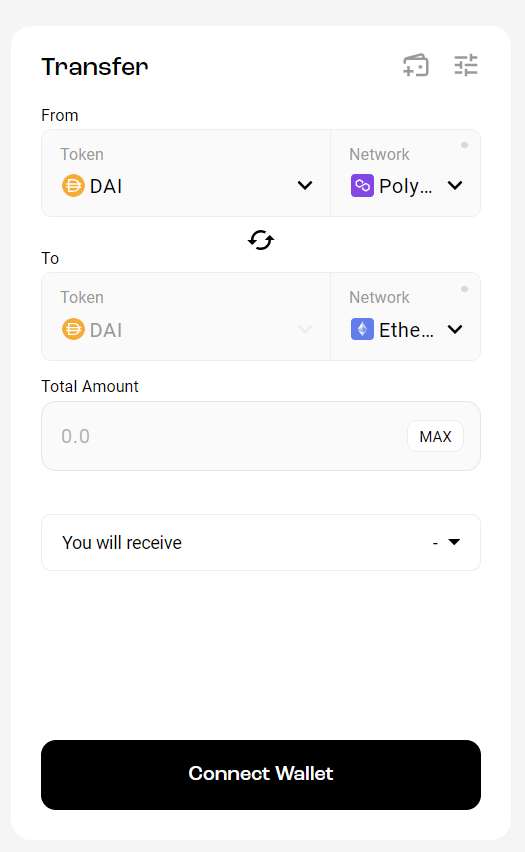
The Stargate token bridge supports a variety of EVM-compatible blockchains, including layer 1 and layer 2 platforms. It provides a sleek user interface, and also provides estimates for slippage, gas costs so you’ll be able to tell how many tokens you’ll keep once the bridging is completed. You can also set your slippage tolerance before making a transaction in order to avoid losing too much value.
On Stargate, you can also stake assets to provide liquidity and earn the protocol’s STG tokens in return. Additionally, STG tokens can be staked to obtain veSTG, which grants holders the right to participate in the protocol’s governance process.
The Stargate protocol has a TVL of $387 million, which makes it one of the biggest bridging solutions in the DeFi sector.
6. Hop Protocol - Bridge specialized for Ethereum layer 2s
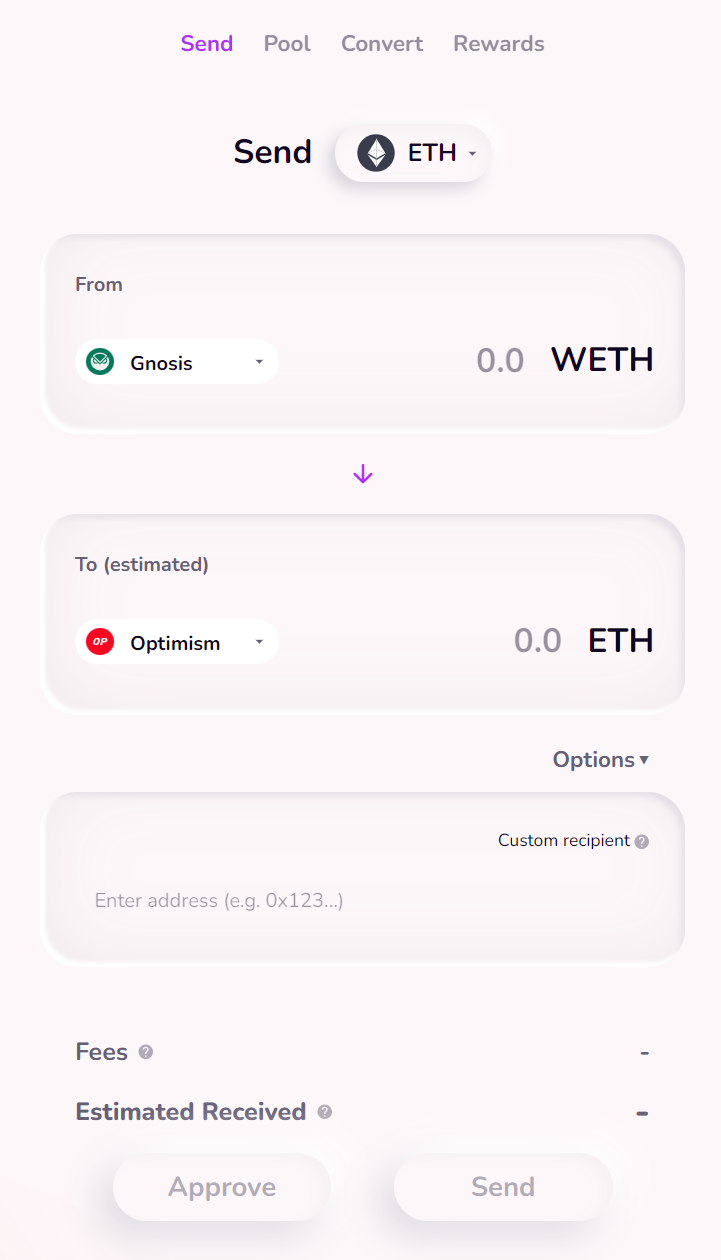
Hop Protocol is a solution that specializes in transferring tokens across various Ethereum layer 2s. The protocol is engineered in such a way that moving tokens between supported layer 2s is almost instantaneous.
Currently, Hop Protocol supports the Polygon, Gnosis, Optimism, Arbitrum One, Arbitrum Nova and Base scaling solutions for Ethereum, and it’s arguably the best cross chain bridge for crypto transfers between Ethereum layer 2s.
Hop operates on a fully non-custodial basis, ensuring that neither the funds of liquidity providers within the Automated Market Maker (AMM) nor the funds of users utilizing the Hop Bridge are ever held in custody by a single entity. The Hop Protocol has been audited by Solidified and Monoceros Alpha.
The bottom line
If you’re looking for a crypto bridge, you’re in luck since there’s a wealth of options available on the market. In our article, we’ve presented 6 high-quality bridges. Of course, the most important factor when choosing a bridge is making sure that it supports all the blockchains that you’re trying to bridge tokens to.
If you want to learn more about the decentralized finance space, make sure to check out our article exploring the best alternatives to Uniswap.
FAQs
What is the best cross-chain bridge?
According to our research, Synapse Protocol is the best cross-chain bridge on the market today. However, there’s also many other high-quality bridges available on the market.
Is bridging crypto safe?
Unfortunately, blockchain bridges have been the target of several hacks in recent years. In some cases, there hundreds of millions worth of crypto assets were stolen. We recommend that you exercise caution when transferring tokens with bridges, and you shouldn’t bridge more tokens than you can afford to lose in case the worst-case scenario does happen.
What is the fastest blockchain bridge?
One of the fastest blockchain bridges is the bridge offered by Stargate Finance.
What is the best bridge for Solana?
Overall, the best bridge for Solana is the Portal Token Bridge, which is based on the Wormhole protocol.
 coincodex.com
coincodex.com
